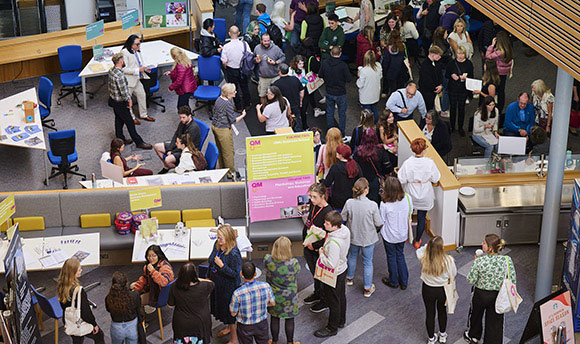Queen Margaret University - Introduction to Clinical Practice Diagnostic Imaging : Learning Outcomes
Queen Margaret University - Introduction to Clinical Practice Diagnostic Imaging : Learning Outcomes
Introduction to Clinical Practice in Diagnostic Imaging (ICP) is an introduction to clinical placement, which allows the student to integrate into the health care team and begin the process of acquiring the knowledge and skills necessary as a diagnostic radiographer. Critical reflection on clinical practice is a key component of this module to demonstrate the importance of learning in and from clinical practice. This begins the journey of clinical reflective practice.
There are generic and specific learning outcomes for the students to attain during ICP:
GENERIC LEARNING OUTCOMES
By the end of ICP, the student will be able to:
- identify the key components of X-ray tubes, tables and accessories and describe their operation;
- identify the display components of generator control consoles and demonstrate their functions;
- demonstrate safe and effective handling and positioning of X-ray tubes;
- demonstrate safe and effective use of collimation devices;
- describe and demonstrate correct utilisation of moving and stationary secondary radiation grids, erect buckys and cassette holders;
- make X-ray exposures safely whilst implementing radiation safety measures for patients and staff;
- identify and demonstrate the correct use of radiation protection and safety devices;
- identify and differentiate between image receptors for CR and DR systems in general use;
- demonstrate correct patient reception and positive identification;
- demonstrate effective communication interaction with patient;
- demonstrate application, where relevant, of pregnancy check and 28/10 day rule according to local protocol in a courteous manner with consideration for patient confidentiality;
- demonstrate the use of moving and handling techniques safe for patients and staff;
- demonstrate awareness of and discuss the reasons for local policies for disposal of waste;
- describe the location of emergency equipment and emergency procedures for fire and cardiac arrest;
- select the image receptor appropriate for each examination and demonstrate its correct use;
- demonstrate correct use of anatomical markers and image identification devices;
describe and demonstrate correct technique for all examinations specified for the clinical placement by:
- identifying and examining the patient correctly;
- selecting and utilising the correct equipment and accessories;
- positioning the patient, X-ray tube and image receptor correctly;
- selecting correct exposure technique;
- applying radiation protection protocols correctly;
- demonstrating appropriate standards of care of the patient, before, duringand after the procedure;
- completing documentation correctly as per local protocol.
evaluate radiographs for:
- correct patient identification;
- evidence of collimation and, where appropriate, gonad protection; quality of patient positioning;
- quality of image contrast, density and exposure index/sensitivity value;
- radiographic appearances and the presence or absence of pathology; o further action required.
SPECIFIC LEARNING OUTCOMES – ROUTINE RADIOGRAPHY
General Radiographic Techniques
By the end of ICP the student will be able to:
demonstrate the ability to perform correctly and in their entirety, routine projections of:
- fingers and hand;
- wrist and carpal bones; o forearm;
- elbow;
- humerus;
- shoulder girdle;
- toes and tarsal bones; o ankle;
- tibia and fibula;
- knee.
demonstrate the ability to perform correctly and in their entirety, the routine projections of:
- femur and hip;
- pelvis and sacroiliac joints; o thorax;
- cervical spine;
- thoracic spine;
- lumbar spine;
- sacrum and coccyx.
demonstrate the ability to perform correctly and in their entirety, routine examinations of:
- thoracic contents;
- soft tissues of the neck and thoracic inlet; o abdominal contents;
- gall bladder;
- kidneys, ureters and bladder.
Administrative Processes
By the end of ICP the student will be able to:
- receive patients at reception and register them correctly using the local administrative systems and procedures;
- process request forms correctly according to local protocol;
- obtain previous reports, images and records as appropriate;
- describe the department appointment systems;
- describe and discuss local patient information documents and preparation instructions.
Image Processing
By the end of ICP the student will be able to:
- demonstrate correct identification of the radiographic image;
- identify, describe and demonstrate the function and controls of computerised and digital image processors.



